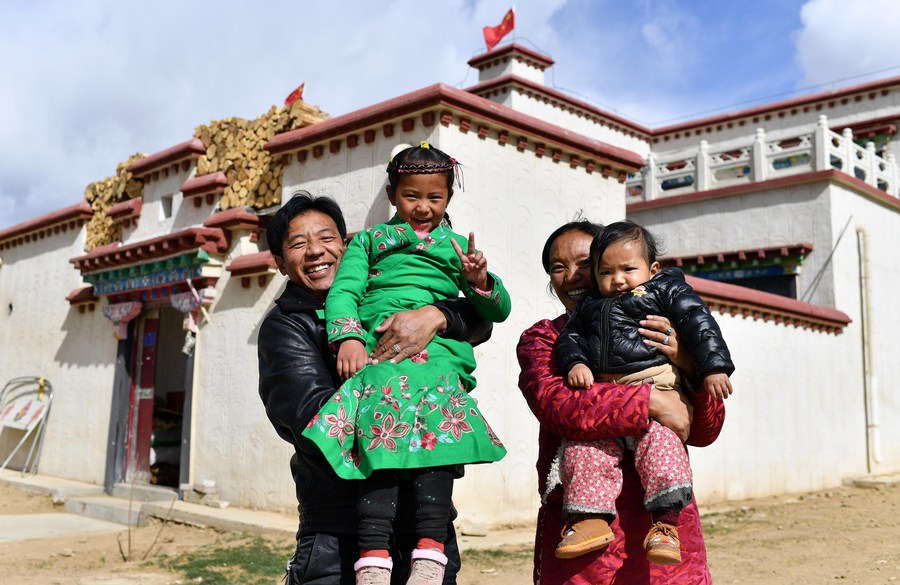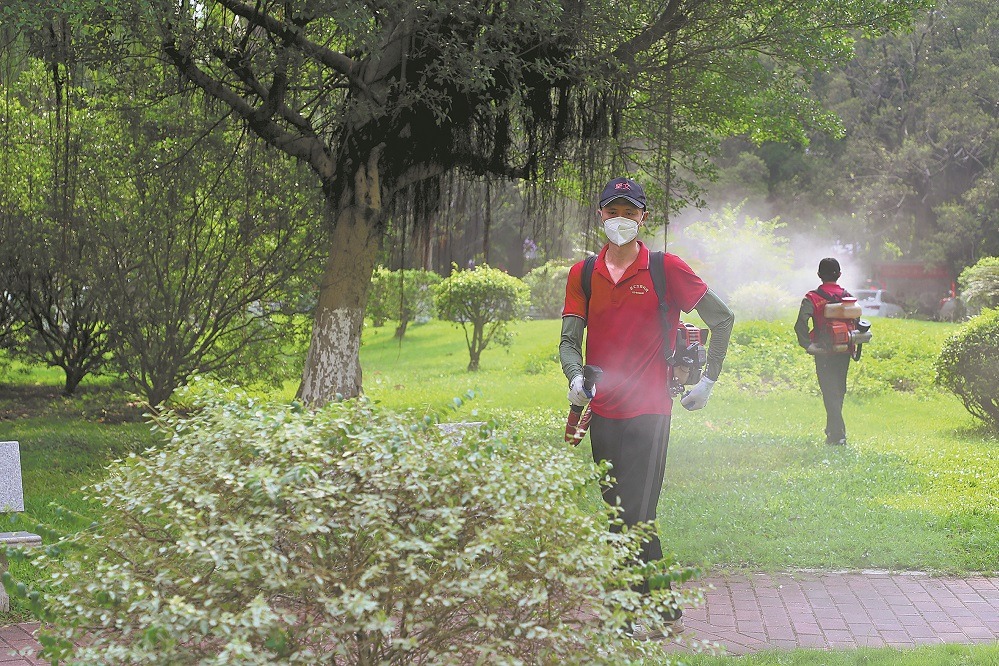70 years on, Tibet embarks on new journey of modernization


Over the past 70 years, the central government has introduced many favorable policies for the region, covering tax and finance, infrastructure, industrial development, education, health, cultural preservation and environmental protection.
Since 1978, the CPC Central Committee has held seven national meetings on Tibet to adopt major decisions and plans for the region.
"We must make improving people's livelihoods and rallying public support the starting points and ultimate goals for economic and social development," said Xi at the seventh Central Symposium on Tibet Work in August 2020.
In 2020, the regional GDP exceeded 190 billion yuan (about $29.3 billion). The per capita disposable income of rural residents in the region was 14,598 yuan, representing double-digit growth for the past 18 years, while that of urban residents came in at 41,156 yuan.
By the end of 2019, all registered poor residents in Tibet had shaken off poverty, marking the elimination of absolute poverty in the region for the first time in history.
In just a few decades, the CPC has united and led the people of all ethnic groups in Tibet to make unprecedented historical achievements. Tibet has progressed "from darkness to light, from backwardness to progress, from poverty to prosperity, from autocracy to democracy, from closure to opening up," said an editorial on Tibet slated to be published on the People's Daily on Thursday.
The social system in Tibet has achieved a historic leap, the economy and society have made all-round development, people's lives have been greatly improved, and the urban and rural areas are not what they used to be, the article added.
























